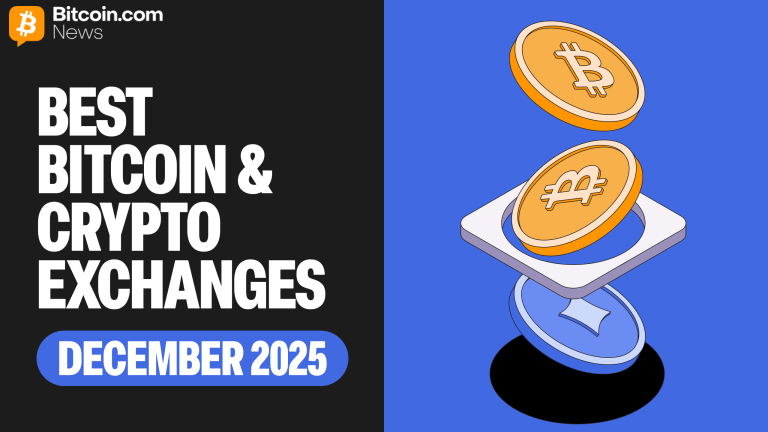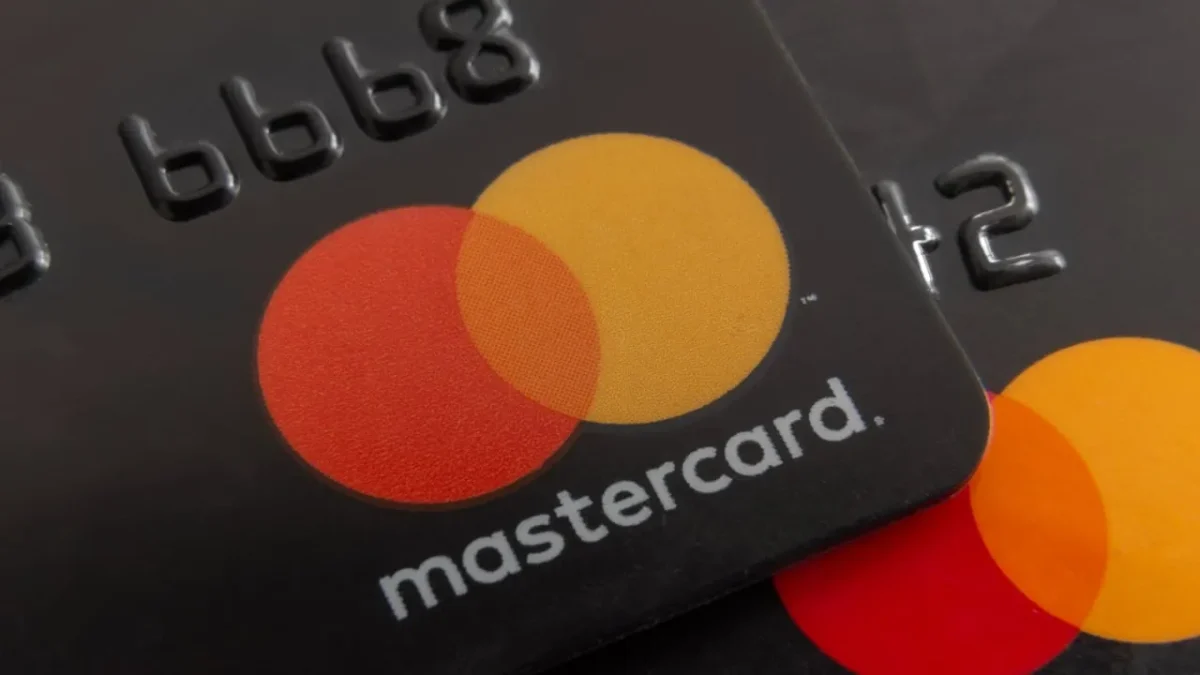2025-12-19 Friday
Crypto News
Indulge in the Hottest Crypto News and Market Updates

Transform your Business with Software Development Services in Australia
Let’s talk about change. The contemporary business environment simply does not allow the option of not changing. It is fast-paced, the competition is international
Share
Author: Techbullion2025/12/19 19:16

Terraform Labs Administrator Sues Jump Trading for $4 Billion
The post Terraform Labs Administrator Sues Jump Trading for $4 Billion appeared on BitcoinEthereumNews.com. Key Points: Administrator sues Jump Trading for $4B
Share
Author: BitcoinEthereumNews2025/12/19 19:09

Why People Are Experimenting With “Drugged” AI
The holidays are almost here, and with that comes some drinking and fun conversations (well… most of the time). But what if you could get your AI drunk or high,
Share
Author: Medium2025/12/19 19:09

The Digital Bretton Woods: The Mathematical Inevitability of the Debt-Backed Dollar — Part 1 —…
The Digital Bretton Woods: The Mathematical Inevitability of the Debt-Backed Dollar — Part 1 — Vampire Sponge
- The Gravity of Thirty-Eight Trillion Numbe
Share
Author: Medium2025/12/19 19:08

USD holds firm despite soft November CPI – ING
The post USD holds firm despite soft November CPI – ING appeared on BitcoinEthereumNews.com. The US Dollar (USD) is proving surprisingly resilient despite the release
Share
Author: BitcoinEthereumNews2025/12/19 19:08

Top 15 Crypto Exchanges in Late 2025 – End-of-Year Rankings & 2026 Preview
Disclosure: This article contains affiliate links. If you click a link and make a purchase or sign up for a service, Bitcoin.com may receive a commission. Our editorial
Share
Author: Coinstats2025/12/19 19:03

Mastercard Partners With Polygon to Enable Crypto Payments for Consumers and Merchants
Mastercard is expanding its Crypto Credential system to self-custody wallets through a partnership with Polygon and Mercuyo. The firm has broadened its presence
Share
Author: Crypto News Flash2025/12/19 19:03

Yi Lihua Highlights Future Positive Trends for Crypto Industry
Yi Lihua shares insights on how Japan's interest rate changes could positively impact crypto trends in 2025.
Share
Author: coinlineup2025/12/19 18:58
MEET48, Backed by BNB Chain, Unveils 2026 AI Entertainment UGC Platform & Web3.0 Development Conference in Seoul
The post MEET48, Backed by BNB Chain, Unveils 2026 AI Entertainment UGC Platform & Web3.0 Development Conference in Seoul appeared on BitcoinEthereumNews.com. MEET48
Share
Author: BitcoinEthereumNews2025/12/19 18:46
